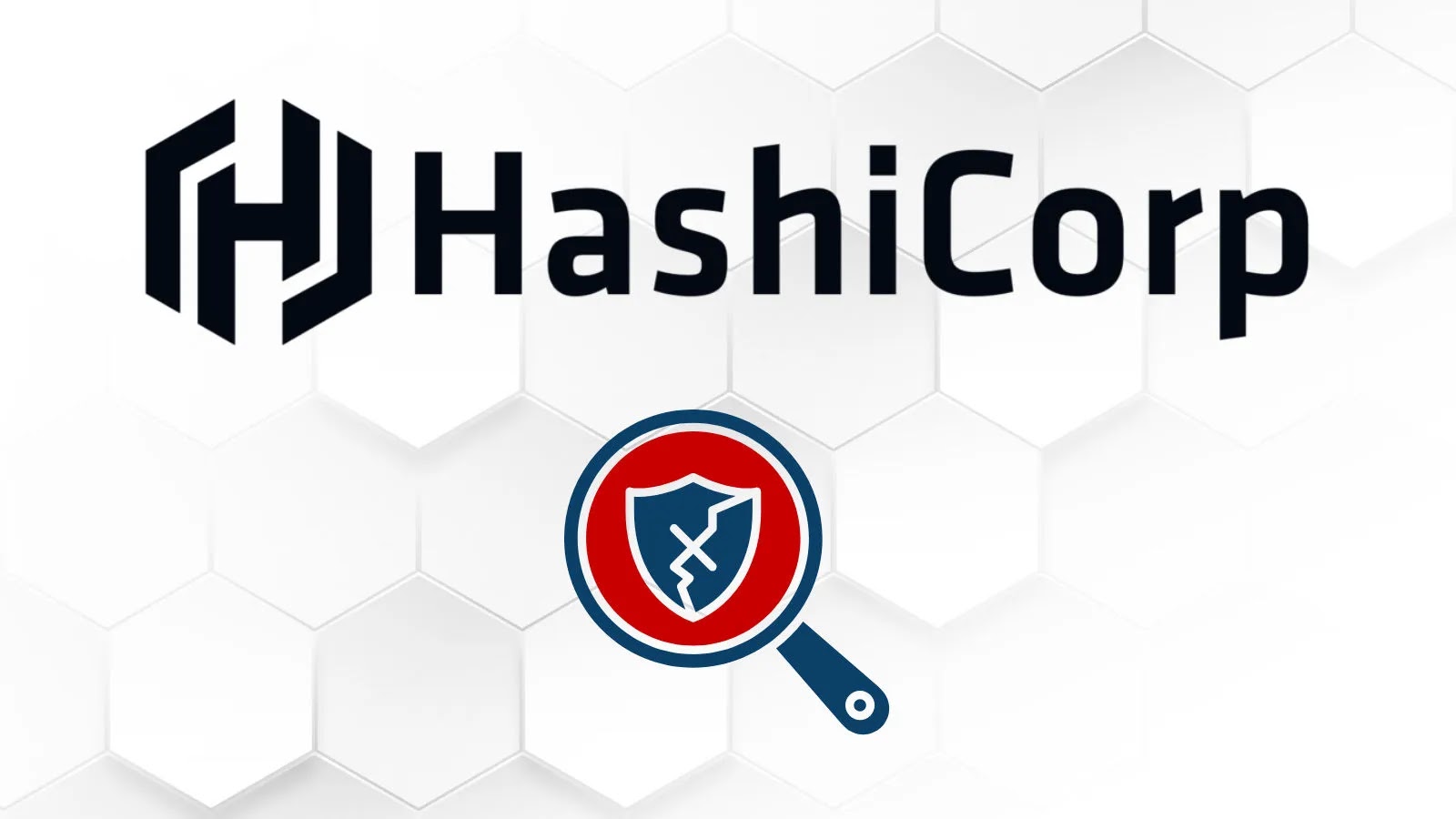
HashiCorp Vault Vulnerabilities Let Attack Bypass Authentication And Trigger DoS Attack
In the complex landscape of cloud-native infrastructure, HashiCorp Vault stands as a cornerstone for managing secrets and protecting sensitive data. Its role in securing credentials, API keys, and other critical information makes any vulnerability a significant concern. Recently, HashiCorp disclosed two critical vulnerabilities that could allow attackers to bypass authentication and launch denial-of-service (DoS) attacks, posing a substantial risk to organizations relying on Vault for their security posture.
Two Critical HashiCorp Vault Vulnerabilities Unveiled
HashiCorp has identified and addressed two significant security flaws in its Vault software. These vulnerabilities, affecting both the open-source Community Edition and the robust Enterprise version, highlight the ongoing need for vigilance even in trusted security tools. Published on October 23, 2025, these issues necessitate immediate upgrades to maintain the integrity and availability of secrets management systems.
- CVE-2025-12044: Authentication Bypass – This vulnerability stems from certain misconfigurations in Vault’s resource handling. An attacker could potentially exploit this flaw to bypass authentication controls, gaining unauthorized access to sensitive secrets and administrative functions without providing valid credentials. The implications of such a bypass are severe, potentially leading to complete compromise of the secrets management system.
- CVE-2025-11621: Denial-of-Service (DoS) – Also rooted in resource misconfigurations, this vulnerability could enable an attacker to trigger a denial-of-service condition. A successful DoS attack would render Vault inaccessible, preventing legitimate users and applications from retrieving necessary secrets. For organizations heavily dependent on Vault for dynamic secret generation or application authentication, this could lead to widespread service disruption and operational paralysis.
Understanding the Impact of These Flaws
The core of these vulnerabilities lies in specific misconfigurations within how HashiCorp Vault manages its resources. While the exact technical details of the misconfigurations are typically reserved for security researchers and practitioners to prevent widespread exploitation, the outcomes are clear: unauthorized access and service disruption.
Authentication Bypass: A Gateway to Secrets
An authentication bypass is one of the most critical types of security flaws. In the context of HashiCorp Vault, it means an adversary could potentially sidestep the very mechanisms designed to protect your most sensitive data. This doesn’t just grant access to stored secrets; it could also allow an attacker to modify policies, revoke tokens, or even introduce malicious configurations, profoundly undermining the security posture of an entire infrastructure.
Denial-of-Service: Bringing Down Critical Operations
A DoS attack, while not directly involving data theft, can be just as devastating. Imagine a scenario where your applications can no longer authenticate with databases, cloud providers, or other services because Vault is unresponsive. This can lead to cascading failures, business interruption, and significant financial losses. For dynamic, ephemeral environments, the inability to provision new secrets or renew existing ones can grind operations to a halt.
Remediation Actions for HashiCorp Vault Users
Given the critical nature of these vulnerabilities, immediate action is paramount for all organizations utilizing HashiCorp Vault.
- Upgrade Immediately: The most crucial step is to upgrade your HashiCorp Vault instances to the patched versions as recommended by HashiCorp. This applies to both Vault Community Edition and Vault Enterprise users. Consult the official HashiCorp security advisories for specific version recommendations.
- Review Configuration: While the patches address the core vulnerabilities, it is always a best practice to review your Vault configurations. Ensure that all security best practices are being followed, including least privilege principles, robust network segmentation, and regular audits of access policies.
- Monitor and Audit: Implement continuous monitoring for unusual activity within your Vault environment. Regularly audit access logs, secret access patterns, and policy changes. Security information and event management (SIEM) systems can be invaluable in detecting anomalies.
- Incident Response Planning: Ensure your incident response plan includes specific procedures for handling a compromise of your secrets management system. This should cover steps for containment, eradication, recovery, and post-incident analysis.
Tools for HashiCorp Vault Security
While direct patching is the primary remediation for these specific vulnerabilities, a robust security posture for HashiCorp Vault involves a combination of tools for ongoing monitoring, scanning, and auditing.
| Tool Name | Purpose | Link |
|---|---|---|
| HashiCorp Vault Audit Devices | Log all requests and responses with Vault to an audit device, critical for forensics and monitoring. | https://www.vaultproject.io/docs/audit |
| Terrascan | Static code analyzer that scans Infrastructure as Code (IaC) for security vulnerabilities and compliance issues, including Vault configurations. | https://www.accurics.com/open-source/terrascan/ |
| Open Policy Agent (OPA) | General-purpose policy engine that can be used to enforce fine-grained authorization policies within Vault and across your infrastructure. | https://www.openpolicyagent.org/ |
| Prometheus & Grafana | Monitoring and visualization tools that can ingest metrics from Vault (via its built-in telemetry) to observe performance, health, and potential anomalies. | https://prometheus.io/ https://grafana.com/ |
Protecting Your Digital Foundation
The discovery of CVE-2025-12044 and CVE-2025-11621 in HashiCorp Vault underscores the constant need for vigilance in cybersecurity. As secrets management systems become increasingly central to modern application architectures, their security is paramount. Proactively upgrading, reviewing configurations, and maintaining robust monitoring practices are not merely recommendations; they are essential steps to safeguard your organization’s digital foundation from sophisticated threats.





